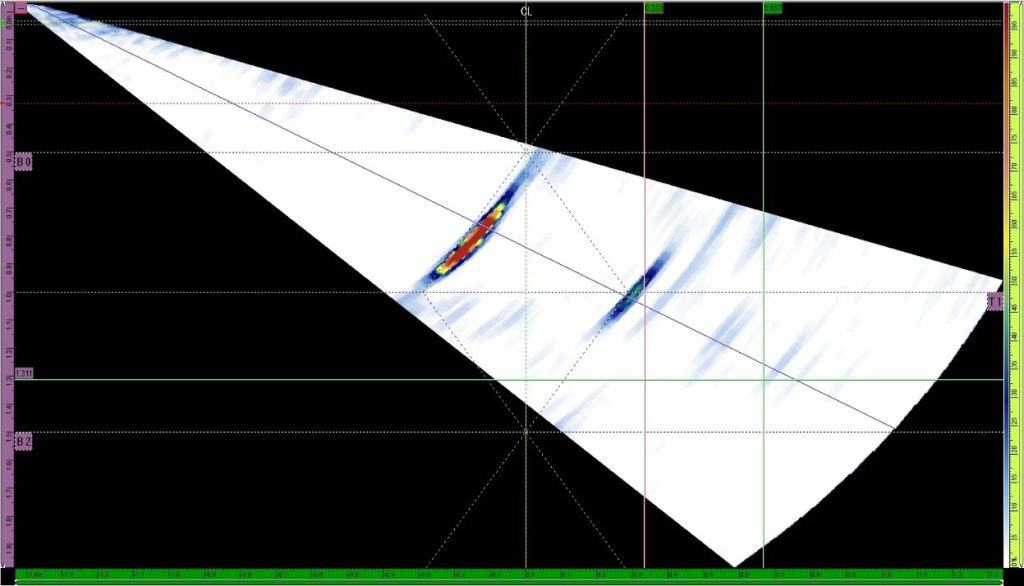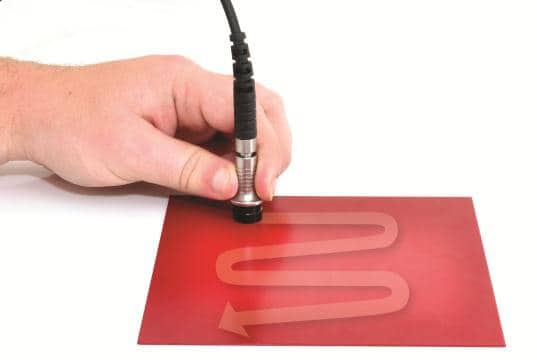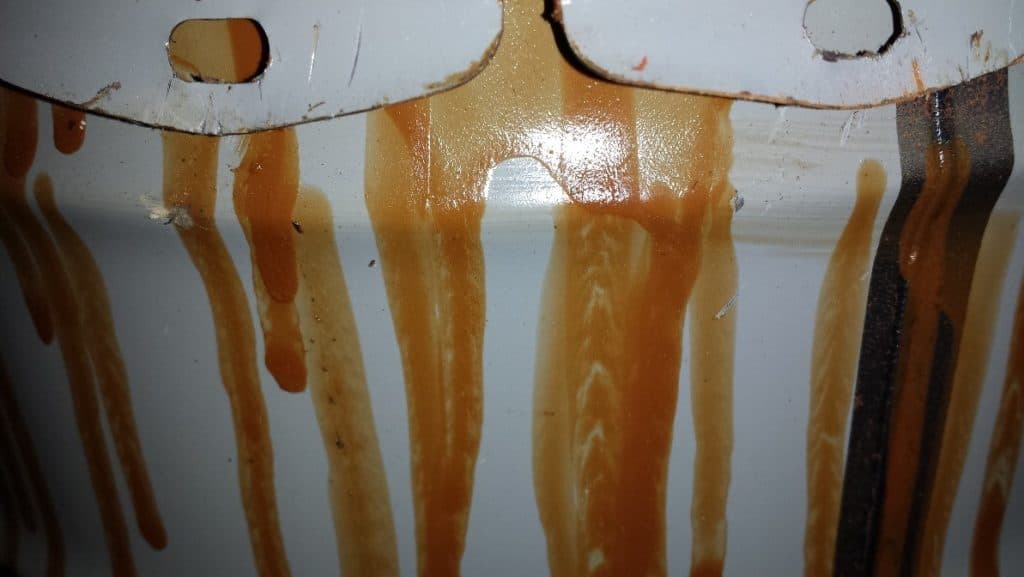What is a “Dust-Free Surface?” ISO Method Versus Practical Evaluation
When a coating system fails prematurely, it is rarely because of the coating itself. Either the surface preparation was inadequate, the surface was contaminated, or the coating was mixed or applied incorrectly. As the old adage goes, a house is only as strong as the foundation it is built on. When it comes to coatings, […]
What is a “Dust-Free Surface?” ISO Method Versus Practical Evaluation Read More »










